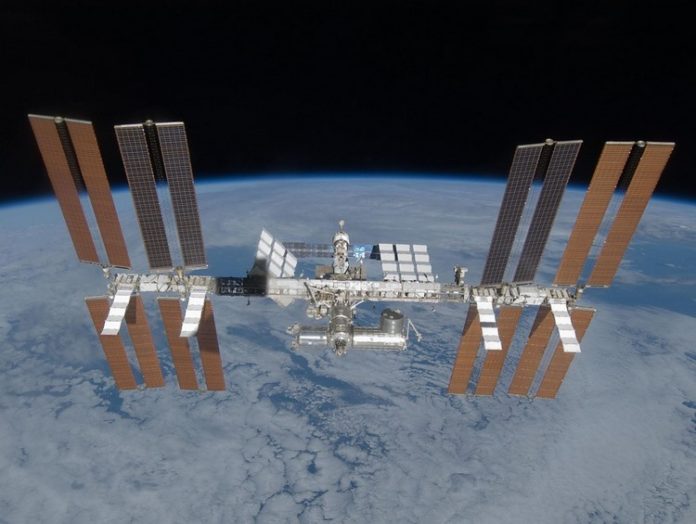As the years go by, all machines become obsolete, although sometimes they surprise us and last much longer than expected. However, the life of International Space Station is approaching its end, to the point that the NASA Not only has it notified of the moment in which it is going to proceed with its destruction, but it has also explained in a simple way the way in which it is going to proceed.
9 years, the countdown to destroy the International Space Station
When we talk about the destruction of the International Space Station, it is normal to feel astonished, but first of all it is important to keep in mind that this station, which was designed in 1998 and began operating in November 2000, initially It was estimated that it would have a durability of approximately 15 years.

Despite the forecasts, the design was better than expected, to the point that today it is already 22 years old, and still has time ahead of it to continue crossing the space around us.
However, the clock is ticking, so time is running out until the month of January 2031 arrives, the date on which the NASA has explained that it will proceed to carry out the destruction of the International Space Station.
The reason why this station is going to be destroyed is because NASA considers that the security controls of the upper structure guarantee its safety until the year 2030, but it must be taken into account that the construction receives visits from time to time, which means that each new coupling and uncoupling increases the tension in this area, which can end up leading to leaks and serious problems as is happening in some Russian modules.
How NASA's destruction of the International Space Station will take place
Surely you are thinking about it because it cannot be easy to destroy something of this caliber, and even less so when it is wandering around.
Well, as NASA explains, first the modules that are still reliable will be separated from the structure, and then the structure and the modules that are no longer usable will be removed from the orbit they remain in. moments, a process that will be carried out gradually so that, little by little, it will reduce the 407 km that are distant from the atmosphere.
Before this exit from its orbit begins, uncrewed spacecraft will be sent to push the station to ensure its fall point.
As it approaches Earth, many of its parts will burn directly in the atmosphere, while the remains are estimated to fall in an uninhabited area known as Point Memo, which is located in the Pacific Ocean.
Basically it is considered that this is the furthest point from any place populated by humans and in any direction, and in fact it is the place where satellites and rockets rest.
All those elements that do not melt in contact with the atmosphere will form a mass that will also be directed to it. With the aim of avoiding important risks.
After this, a new International Space Station will be created again composed of the modules that have been kept in space due to their good condition, as well as others that will be added and that, like some of those that already exist, will have a commercial nature. .

Expert in SEO/SEM and communication on social networks.
CEO at tecnologia.net and passionate about everything related to technological progress






